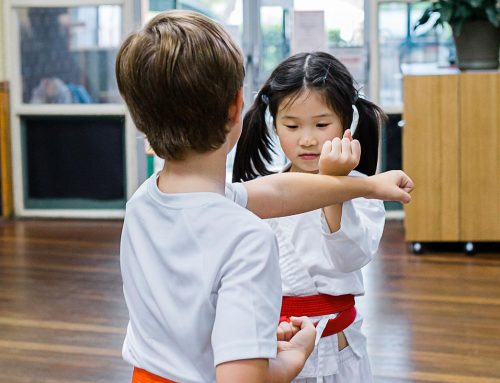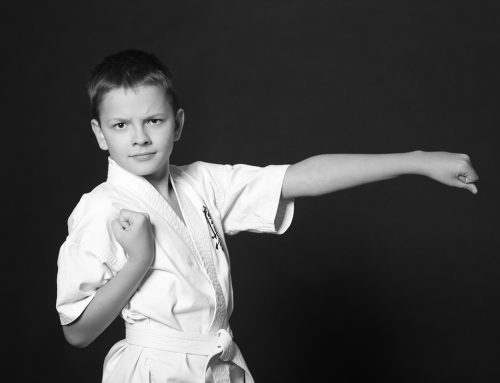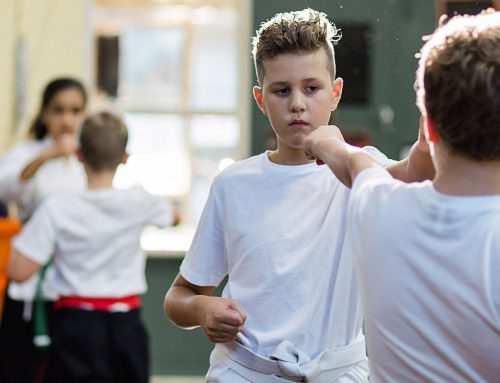My child wants to compete, what do I do?
As an Instructor of 30+ years I have been in, and seen, many competitions. Although competitions can be seen to have a place in modern day karate, I don’t think they warrant the intense focus that we put on them.
What is a Karate Competition?
Broadly speaking, a Karate Competition consists of two divisions
- A Kata division
- A Kumite division
Kata
Kata could be described as a “Dance of Self Defence”. It is a demonstration of pre-set attack and defensive forms, or moves, against an imaginary opponent. There are hundreds of styles of Karate and hundreds of different Kata. Each Kata has a reason for its design and performance. Some Kata date back to the very beginnings of Karate and some Kata are an evolution of the modern Karate of today. Kata has associated Bunkai, or applications. These Bunkai are practiced during class and they give meaning to the various techniques that make up the Kata. In advanced Kata the Bunkai may be “hidden” so the application only vaguely represents the Kata. To the uninitiated these hidden Bunkai seem to be completely unrelated to the Kata being performed. The explanation and understanding of these hidden Bunkai are really only apparent to students who have been studying Karate for many, many years.
Competitors choose the Kata they wish to perform (from a selection of Kata that is decided upon prior to the Competition). In some competitions 2 Karate students perform the same Kata and the same time. One wears a Red Belt and the other wears a Blue Belt. In other competitions one Competitor steps alone onto the mat and performs the kata. In both styles of competition there are 5 judges who sit facing the Competitor(s).
In the competition where 2 students compete at the same time the Judges hold up a Red Flag or a Blue Flag, depending on which student they feel performed better.
In the competition where a single student performs the Kata alone, the judges award points.
The key factors that the judges look for include the strength, speed, rhythm, balance and power of strikes and kicks; the solidity, clarity and force of movements; and the proper expression of the meaning of each technique with beautiful, flowing motion. Competitors are required to demonstrate movement that is both slow and fast, and weak and strong, along with focus and concentration.
Kumite
Points are awarded by 3 Kumite Judges for:
- good form,
- vigorous application,
- good timing,
- accurate distance,
- awareness
- and for sporting attitude.
The Kumite bout lasts 3 minutes for Men and 2 minutes for Women. For children the bouts are usually 2 minutes.
Basically the competitor with the most points wins the bout and moves into the next round.
Karate at the 2020 Olympic Games
In 2020 Karate has been included in the Olympic Games in Japan and I’m sure all Karate students hope to see Karate proposed and accepted for future Olympic Games.
The Karate Competition in the 2020 Olympic Games will be held in Tokyo at the Nippon Budokan, the spiritual home of Japanese martial arts. The Nippon Budokan was built for the Tokyo 1964 Games and is a venue of great importance and emotional significance.






